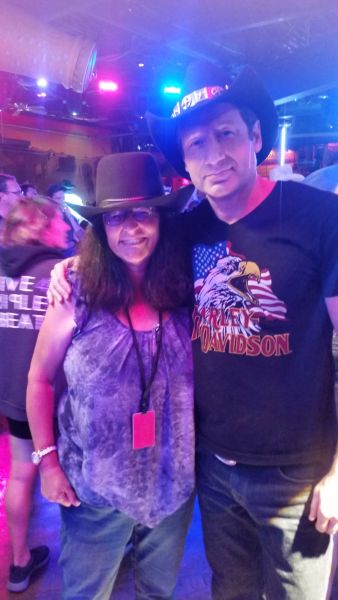"The X-Files" revival has gotten some big ratings. Clearly a lot of fans (if not critics) are over the moon at its return, as this Twitter search on "X-Files Best Show Ever" will attest.
As much as we'd love to jump on the bandwagon and cover the infiltration of alien DNA in our genome, the funding isn't quite there, yet. Luckily, the inclusion of CRISPR/Cas9 as a major plot point in the season finale Monday does give us a convenient excuse to get in on the action.
CRISPR/Cas9, as we have been writing about, is a cutting-edge gene-editing technique that has been heralded as a breakthrough technology, inspiring high expectations for -- as well as warnings about -- potential uses.

Anne Simon, a University of Maryland virologist who also happens to be a science advisor on "The X-Files," has taken note. She co-wrote the finale's story, along with microbiologist Margaret Fearon and show creator Chris Carter. The plot involves humans who are stripped of their immune systems. This is accomplished via CRISPR/Cas9.
"He asked me to come up with something that would kill off everybody," she said of Carter Wednesday. "That took a lot of thought. It had to be something simple enough to get across to the public. I began thinking if you just got rid of the ADA gene -- I teach this -- you would not have an immune system. That’s the Boy in the Bubble syndrome. The idea is that a long time ago [the aliens and human conspirators] must have put something in our genome that would get rid of the gene."

